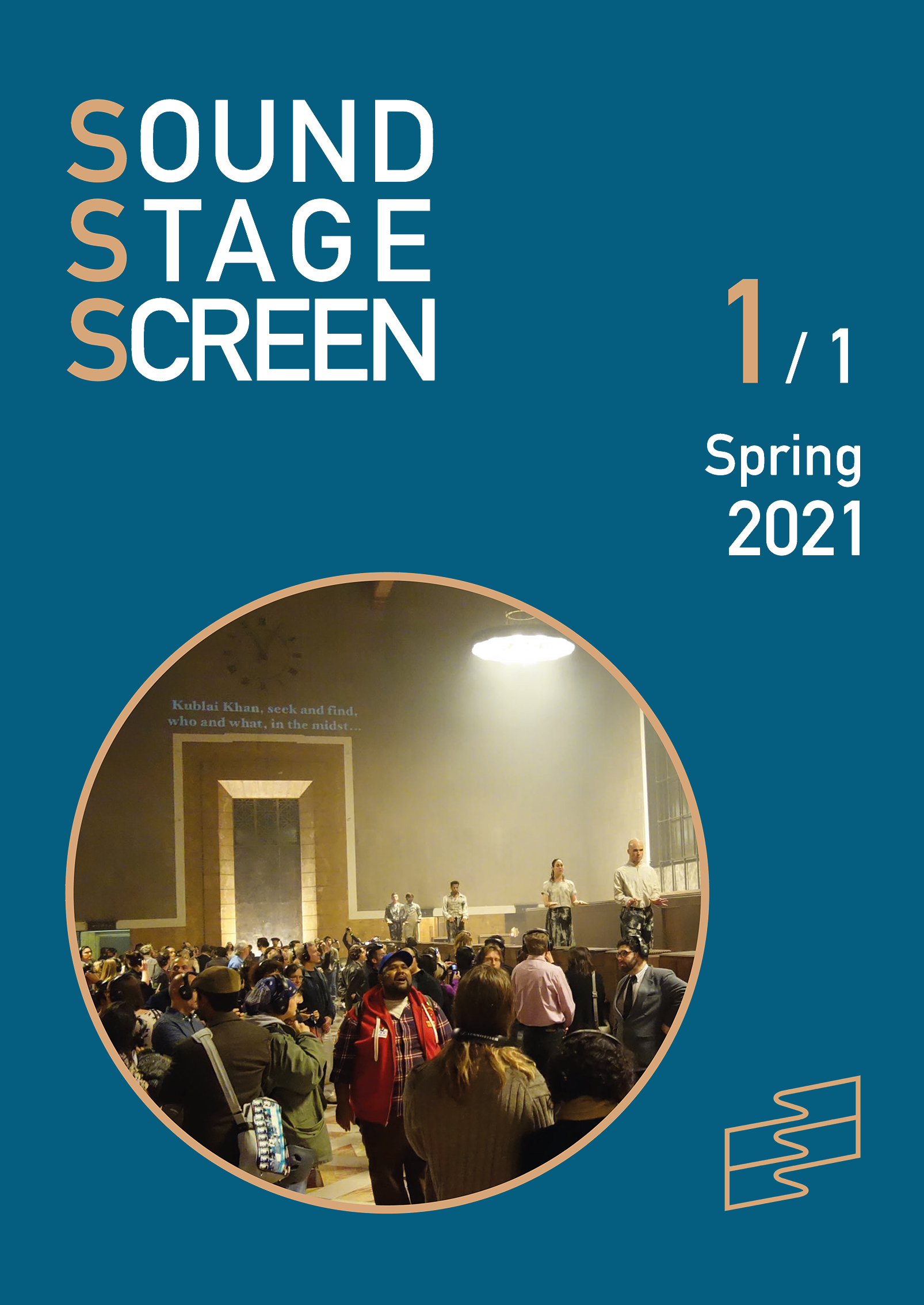Abstract
Opera scholarship often begins with the voice then moves to the ear. But what if we move in the opposite direction? That is, what can we discover about operatic sounds by focusing on how processes of listening are mediated by social and technological patterns of behavior? I use The Industry’s 2013 production of Christopher Cerrone’s opera Invisible Cities, which relocated the audiovisual space of the opera house to a set of wireless headphones worn by each audience member, to think through these questions. In this article, privileging the ear over the voice allows us to consider the ways digital technologies create equivalent modes of understanding operatic listening as simultaneously fragmented, interstitial, and relational.
Rather than focusing on acoustic perception of sound as it relates to the concert hall, as has been productively explored (Eidsheim 2015), here I am interested in highlighting the material significance of the headphones themselves in the production. I put interviews and public press reviews in dialogue with the body of rich scholarship around historical and contemporary modes of listening (Sterne, Ochoa Gautier, Steege). I situate these headphones within a history of mobile listening and behaviors in order to understand what elements shape the twenty-first century operatic ear. I argue that the dissemination of the opera built upon an established sociocultural tradition to show audience members how to successfully listen to the work. In focusing on the headphones, I demonstrate the significance of material technologies in constituting operatic aurality.

This work is licensed under a Creative Commons Attribution 4.0 International License.
Copyright (c) 2021 Sound Stage Screen

